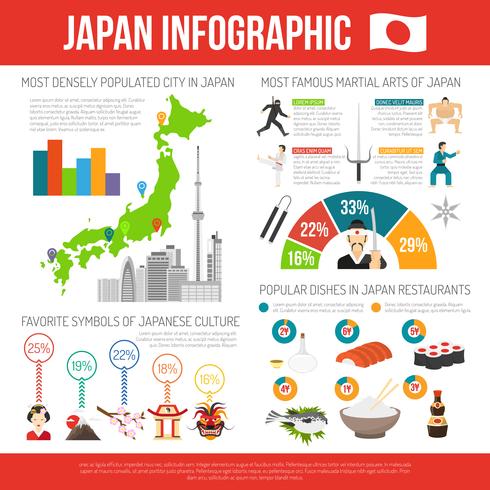The Advancement And Historical Context Of Martial Arts Worldwide
The Advancement And Historical Context Of Martial Arts Worldwide
Blog Article
Post Produced By-Wilcox Ebsen
Martial arts have an interesting history that extends centuries and continents. You may discover it appealing just how ancient methods like Shuai Jiao and Kalaripayattu laid the groundwork for contemporary fight strategies. These disciplines not just highlight physical skills yet likewise mirror the cultures that birthed them. As you discover their advancement, take into consideration exactly how globalization has transformed these typical forms right into crossbreed styles. What premier martial arts corporate office do you believe have shaped today's martial arts landscape?
Ancient Martial arts: The Foundations of Combat
As you look into the globe of ancient martial arts, you'll find the abundant foundations that shaped combat methods throughout cultures. Very early methods concentrated on Self-Defense and survival, often integrating strikes, grappling, and weapons.
In old China, for instance, techniques like Shuai Jiao highlighted tosses and joint locks, while India's Kalaripayattu showcased dexterity and liquid activity. Japanese samurai established Kenjutsu, a refined swordsmanship that highlighted discipline and approach.
These martial arts served not just for fight but additionally as a way of individual advancement, instilling values like regard and perseverance. The blending of these techniques gradually laid the groundwork for the varied martial arts you see today, each showing the distinct ideologies and requirements of its society.
The Cultural Influence on Martial Arts Growth
While martial arts commonly reflect the functional needs of a society, they likewise embody the cultural worths and ideas of their beginnings. When you discover various martial arts, you'll see exactly how they're affected by faith, philosophy, and social norms.
For example, the focus on respect and discipline in Japanese martial arts comes from Zen Buddhism and samurai culture. In contrast, Brazilian Jiu-Jitsu promotes flexibility and method, formed by the need for efficiency in a varied, multicultural atmosphere.
You may find that the rituals, uniforms, and training methods reflect an area's background and identification. By recognizing these cultural impacts, you deepen your admiration of martial arts and their duty in shaping human experiences around the world.
Modern Adaptations and the Globalization of Martial arts
Martial arts have actually transformed considerably in current years, adapting to modern culture and international impacts. You'll observe that conventional forms have blended with modern techniques, producing hybrid styles like MMA. These adaptations satisfy varied audiences, making martial arts easily accessible and enticing around the world.
With the rise of social networks and digital systems, you can locate tutorials and competitors from all corners of the world, damaging geographical barriers. This globalization has caused a shared appreciation for different disciplines, from Brazilian Jiu-Jitsu to Taekwondo.
As you engage with these arts, you'll recognize they're not practically battle; they promote health and fitness, self-control, and mental wellness.
Ultimately, modern adaptations have actually enhanced the martial arts landscape, making it a vibrant and progressing method.
Verdict
In checking out the background and advancement of martial arts, you uncover an interesting blend of strategies, societies, and philosophies. From ancient self-controls like Shuai Jiao and Kalaripayattu to the modern-day adaptability seen in MMA, martial arts mirror humankind's quest for Self-Defense and personal growth. As why not try here involve with these techniques, you not just get abilities but also a much deeper gratitude for the diverse practices that form our globe today. So, proceed your trip and accept the art of fight!
